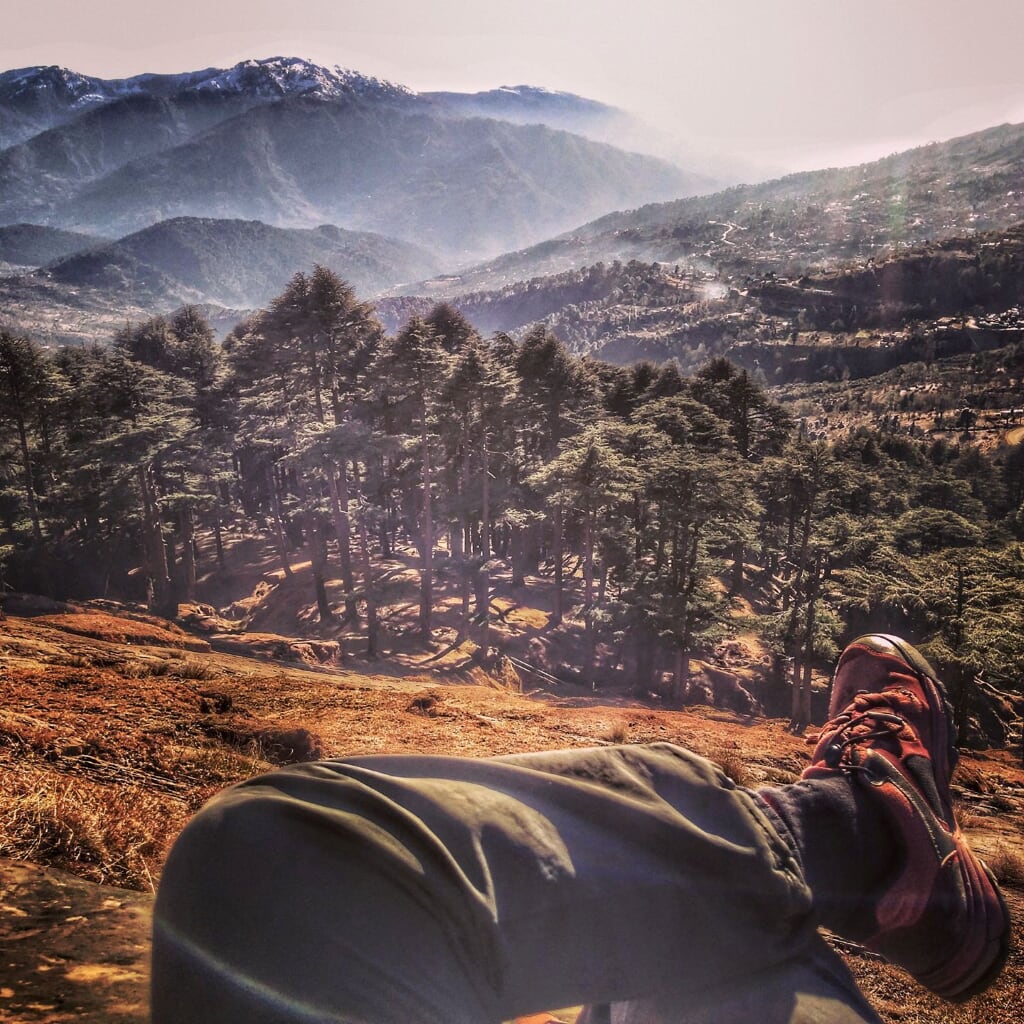Stair climbing to remain fit this winter
With winter almost upon us, our repertoire of exercises shrivels up to a few choices. In North India, fog often accompanies winter. This makes cycling or even driving to the gym a dangerous expedition. However, hope is still at hand. There is one simple exercise that will help you maintain your fitness around the year, especially though the lean winter months.
Stair climbing does not require any training equipment, systems, and fad diets which is mostly the result of marketing rather than a genuine effort to reach higher levels of fitness and well-being.
“Your fitness should be dependent on nothing other than yourself” — Mark Lauren in “You Are Your Own Gym”
- Stair Climbing Strengthens
- Stair Climbing Stabilizes
- Stair Climbing Simulates Mountains
- Stair climbing Improves Descent
- Kicking It Up Another Notch
- Stair Climbing Summary
Living in Mumbai these monsoons, stair climbing was the only way I could keep myself trek ready. Fortunately for me, I lived in a 26-floor apartment block and climbing to the top four times in a row was enough to get my heart pounding and simulate a steep hill climb. However, you do not need a skyscraper for stair climbing. Any building with four floors or more provides an ample opportunity to work out. For an aspiring trekker, stair climbing is one of the best forms of exercise because
Stair Climbing Strengthens
Stair climbing strengthens the same muscles as lunges and squats. In addition to training leg muscles, it provides an excellent cardiovascular workout by pushing your lungs and heart. “Stairs force you to work against gravity, and this helps build two essential needs for runners: strength and power.” Says Anne Moore M.S., an exercise physiologist and running coach. This mix of strength training and cardiovascular workout is essential whether you are looking to complete your first easy trek or aiming at a 5000-metre mountain pass.
Did you know that – Stair climbing is officially classed as “Vigorous exercise” and burns more calories per minute than jogging
Stair Climbing Stabilizes
Another advantage that stair climbing provides is that unlike running it forces you to use and strengthen your muscle stabilisers like “gluteus medius”. Strong stabilising muscles help prevent injury over undulating or rough mountain terrain.
Just 7 minutes stair climbing a day has been estimated to more than half the risk of a heart attack over 10 years.
Stair Climbing Simulates Mountains
Stairs are steeper than most hills. Normally Indoor stairs have a roughly 65 percent grade. Compare this to an average grade of 27 percent on Mount Everest.
”The normal Everest route through the Kumbu Icefall has a top-to-bottom average gradient (slope) of 27 percent.” Heidi Howkins in USA Today
Practising over this steep grade will build strength and pay dividents over those short stiff climbs in the Himalayas.
“Professional skiers often climb stairs to keep competition-fit. Many models do the same to keep their legs toned for the catwalk. ”
Stair climbing Improves Descent
Descending properly and safely is an oft-overlooked trekking skill. Stair descent involves motor-skill, perceptual understanding of height, and proper strategy involved in descending. This reduces the chance of an injury over long descents like the one near Chamba .
“ The greatest height reached climbing stairs in 12 hours was 33,000 feet by Chris Solarz of Philadelphia, USA. Solarz climbed 58,080 stairs. ”
Kicking It Up Another Notch
Fit enough, and want to kick stair climbs up another notch? Use ankle weights to simulate heavy mountaineering shoes or use extra weight in your office laptop bag to simulate a heavier backpack. One of the simplest ways to load weight into your backpack is to squeeze in a few litre water bottles. Each bottle weighs just under one kilo.
The longest stairway listed by the Guinness Book of Records is the service stairway for the Niesenbahn funicular railway near Spiez, Switzerland. It has 11,674 steps and a round trip would burn over 3,000 calories.
Stair Climbing Summary
- WHAT DO YOU NEED ? - A pair of trail running / road running shoes
- FREQUENCY ? - Every alternate day
- AVOID INJURY. - Warm-up and cool down for 5 minutes and stretch before each workout. Initially, when starting with stair climbing in a building, always take the elevator down to avoid injuring knees, ankles and calf muscles.



